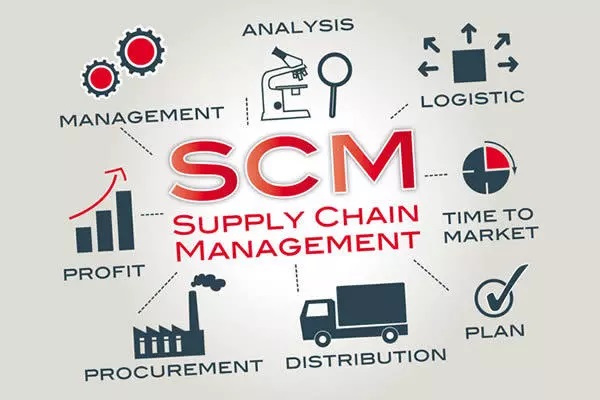A Supply Chain Perspective on the Novel Coronavirus. Understanding the development of the Novel Coronavirus from a supply chain perspective is essential if we are to prevent similar public health crises in the future, writes Dr Geoffrey Clifton.
The Novel Coronavirus outbreak is a medical crisis with responses focusing on how to prevent new infections and treat those who are already infected. It is a testament to the agility of China’s Supply Chains that new hospitals are being built and commissioned within a week. However, the Coronavirus is also a Supply Chain emergency and preventing the next outbreak will require fundamental changes to supply chains that date back thousands of years.
Scientists are still debating the specific cause of the current outbreak but we know that sometime in the recent past a sick animal, possibly not even showing signs of infection, was sold in a traditional wet market in Wuhan. There is much confusion and anxiety about what a wet market is and whether they should be shut down permanently. So it is important to understand why wet markets exist and what the alternatives are.
Wet markets exist because trapping and raising animals has traditionally been a very small-scale industry. Lots of individual sellers need to come together with lots of individual buyers and the best place to do that is in a wet market. Here stall holders rent space to sell fruits, vegetable, meat, live animals and traditional medicines. The slaughtering and butchering of animals also take place in wet markets because without refrigeration the best way to transport meat to market is whilst the animal is still alive.
Wet markets are one of the oldest forms of commerce with Trajan’s Market in Rome and Athens’ Agora remaining tourist attractions to this day. Before the advent of rail and modern road transport networks, every city was home to such markets but modern cold chain logistics let us safely slaughter and butcher animals in large, hygienic and carefully regulated abattoirs far from the supermarkets that sell the finished products. Indeed, several of the graduates of our Master of Logistics and Supply Chain Management helped pioneer the cold chain logistics industry in China.
So given the alternatives, why do wet markets still exist? It is a matter of cultural preferences and tastes. The range of animals on sale in wet markets might be shocking to people accustomed to buying their meat in a supermarket but customers of wet markets like the variety of animals and like the way that animals are freshly slaughtered on site. Your local supermarket is unlikely to start butchering exotic wildlife to order so until demand disappears there will still be wet markets. The Chinese government has shut down wet markets until the Coronavirus crisis is over but permanently banning wet markets won’t eliminate the demand and may just drive buyers to the black market where hygiene standard will be impossible to enforce. Understanding the role of preferences and tastes in supply chain management is one of the key areas of research at the Institute of Transport and Logistics Studies and will be increasingly important as more attention is placed on issues managing sustainability, resource security and equity of Supply Chains.
Source: https://sydney.edu.au





Pingback: elavil and ambien interactions